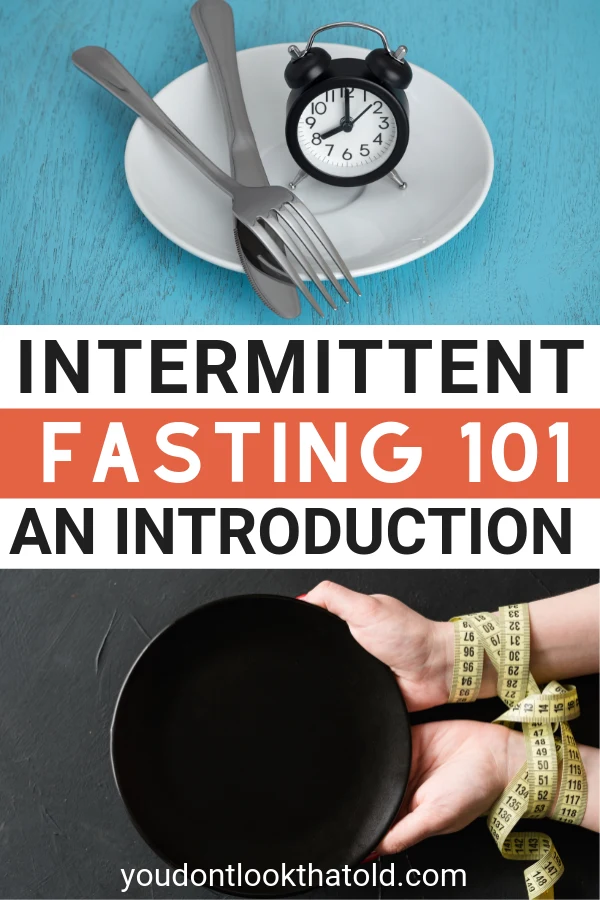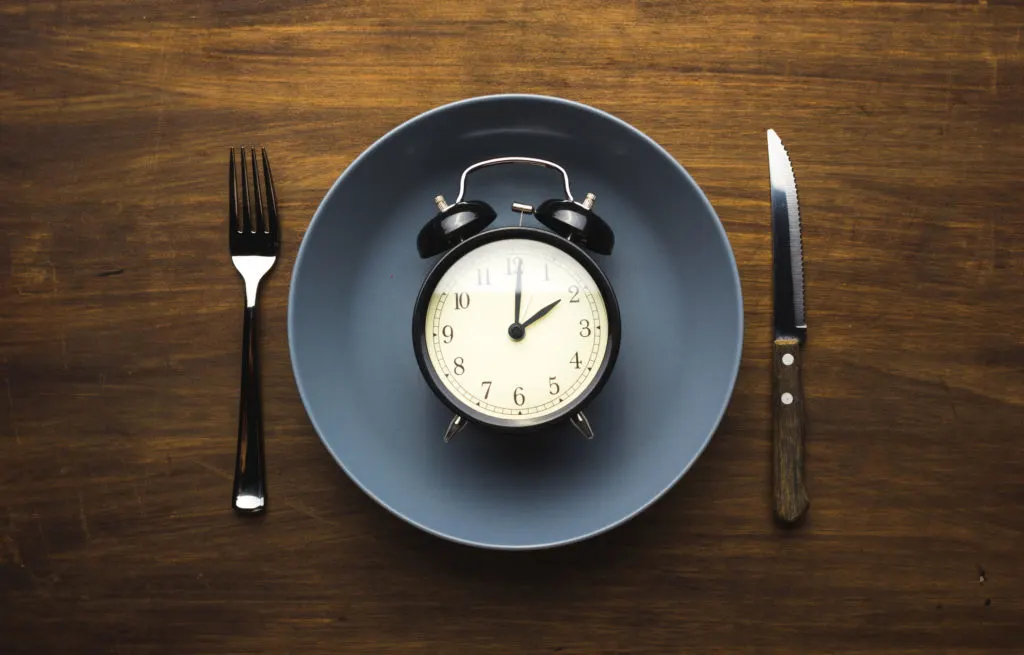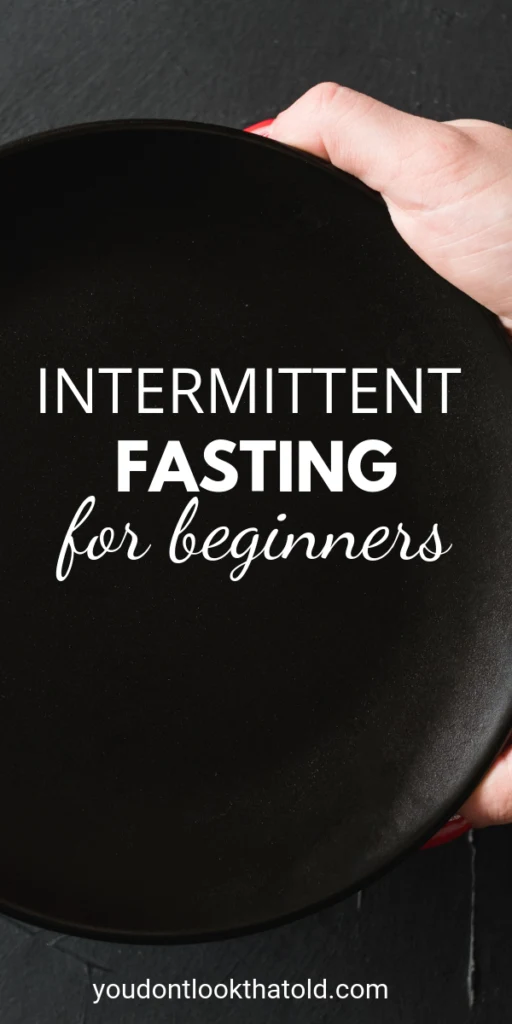Intermittent fasting is becoming a notable trend in the world of health and wellness. The benefits of intermittent fasting including better health, better sleep, weight loss, and increasing life expectancy. This article outlines an introduction to fasting.
What is Intermittent Fasting?
There are several approaches to fasting. I typically do a 16:8 schedule, which gives me an 8-hour window to eat. So, the way I look at it is as an eating window and not a fasting window. That line of thinking resonates with me.
Any number of diets or lifestyles match well with fasting. The reason is that fasting involves interspersing periods of fasting where you consume nothing other than water and black coffee/tea (without anything added) and periods of time where you can eat. Personally, bone broth and carbonated water help me with my fasts. In addition, there are fantastic teas that help with getting through a fast and with gut health.

Types of Intermittent Fasts
The most common time split is 16/8, where you fast for 16 hours and then have an 8-hour eating window each day. However, the more extreme practitioners may have an 18/6, 20/4, or even a 24 hour fasting period. My husband has managed a 72-hour fast and he felt great. You may be curious about the benefits of intermittent fasting and then whether it’s right for you.
Benefits of Intermittent Fasting
An effective way to cut body fat and lose weight is intermittent fasting. Furthermore, fasting achieves these goals while preserving muscle mass. It works because when your body is in a fasted state, it begins burning body fat for energy. After you eat, insulin levels elevate for up to 12 hours and your body uses that for energy instead. You see why you need to fast for longer than 12 hours then; so your body enters a fasted state and starts torching fat cells.
How Does Fasting Work?
Fasting for 16 hours, which of course includes sleep time, allows you to burn fat for four hours or more! Beginners may want to ease into restrictions like that, however, and start with a 12/12 split. That allows your body to enter the fasted state, which lasts throughout the day even when you eat. If you start at 7 a.m. to 7 p.m., for instance, that probably isn’t a huge change to your daily eating patterns anyway. You can then move onto 16/8 as you get more used to it.

Most 16/8 practitioners eat from Noon to 8 p.m., which is definitely doable. This approach requires you to skip breakfast and stop eating at 8 p.m. Again, the only change this may require is skipping breakfast. You can still have coffee, you just can’t add anything to it to maximize the benefits.
Anything that adds calories, or sweeteners, which triggers insulin rises in the bloodstream, will take you out of the fasted state and negate the effects, and you probably will start wondering why you’re not seeing results. Ultimately, your fasting window is of course up to you and whatever fits into your life and schedule. However, if you’re looking for a way to jump-start your fat loss, intermittent fasting may be the way to do it.

No Big Eating Changes Required
Another great reason for intermittent fasting is that it doesn’t require you to make a huge change in your diet. You should be careful not to binge on junk food during your eating window, and to get a wide variety of healthy and nutrient-rich foods while you eat to make sure you feel full while you fast. Some people don’t see results because they continue to eat unhealthy foods while they are intermittent fasting, which negates the effects.
However, if you try and eat just a little healthier while fasting, you will likely see huge results. Intermittent fasting is also very customizable – as you continue to fast, you can change your eating windows, increase your fasting hours, and even try fasting for a period of days to keep your body guessing and adapting. Of course, you should take into consideration any health conditions you have, and if you have concerns, address them with a health care provider before undertaking such a diet.

Talk to Your Doctor
Most practitioners swear by working out in a fasted state to target fat loss on an even more extreme scale. The idea is that you’re purely using stored fat for energy to push through your working. Combining HIIT (high-intensity interval training) with intermittent fasting can truly be a way to get shredded quickly. However, make sure you’re not going hard enough to pass out!
Intermittent fasting can be a great way to change up your diet and nutrition without requiring huge changes and sacrifices. Fasting is most effective when combined with clean eating. With that said, it gets results without a drastic change in diet. If you’re looking for a way to torch fat, preserve muscle, and achieve your fitness goals, consider intermittent fasting. You might be glad you did!
Additional Fasting Resources
- Products that help me get through a fast
- How To Heal Your Gut With Intermittent Fasting
- Pique Tea
- Epic Bone Broth
